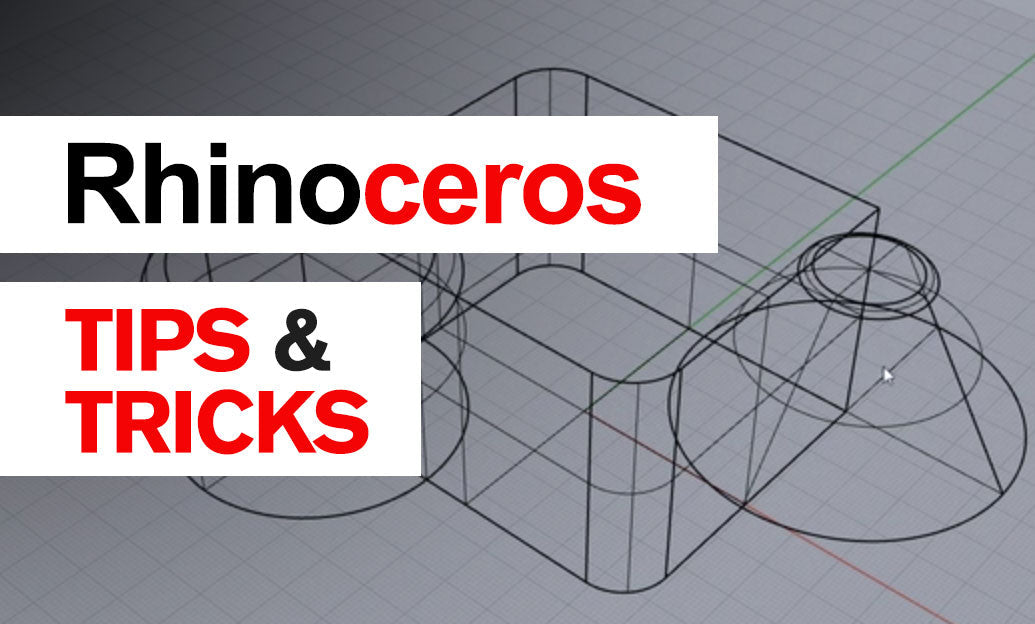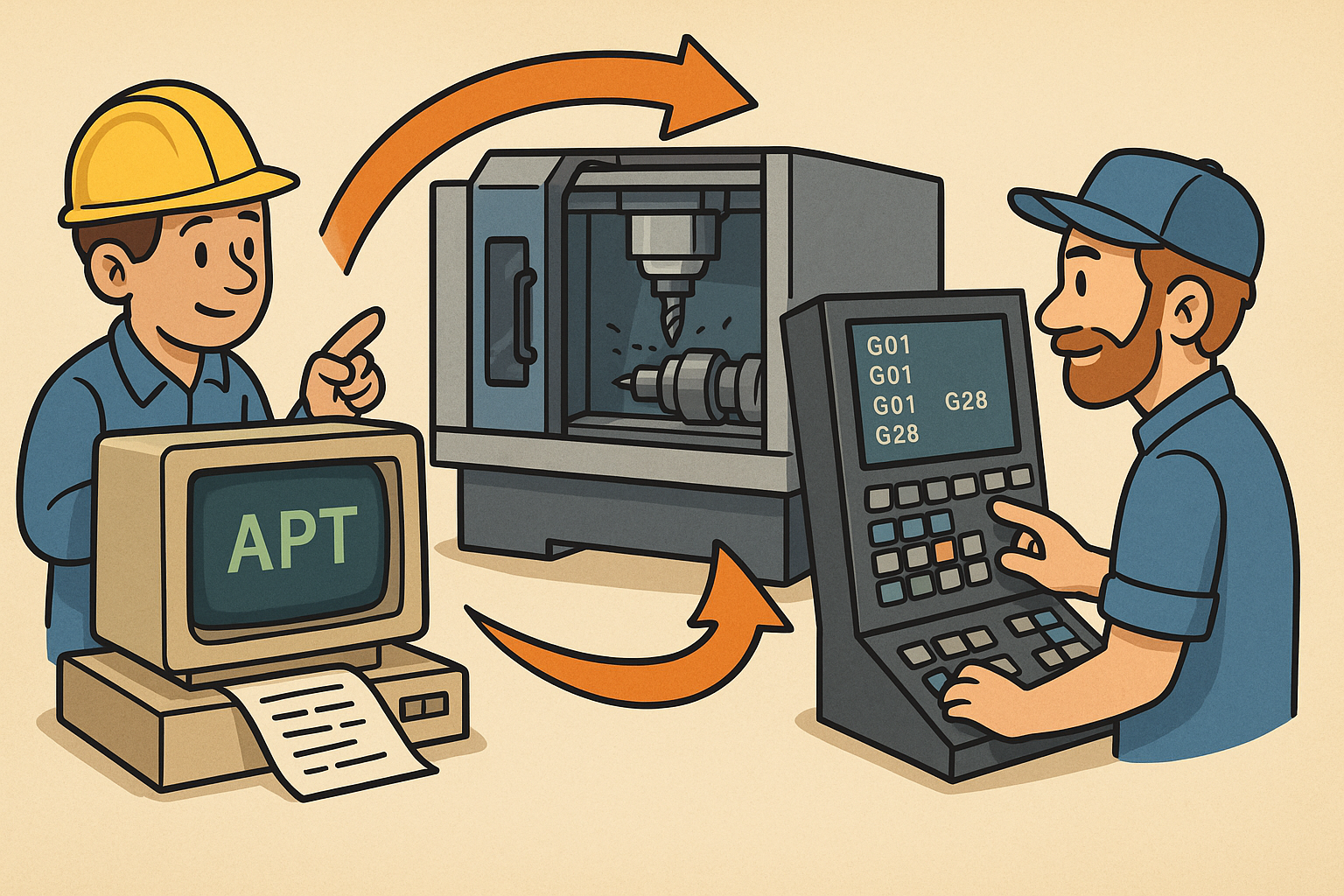Your Cart is Empty
Customer Testimonials
-
"Great customer service. The folks at Novedge were super helpful in navigating a somewhat complicated order including software upgrades and serial numbers in various stages of inactivity. They were friendly and helpful throughout the process.."
Ruben Ruckmark
"Quick & very helpful. We have been using Novedge for years and are very happy with their quick service when we need to make a purchase and excellent support resolving any issues."
Will Woodson
"Scott is the best. He reminds me about subscriptions dates, guides me in the correct direction for updates. He always responds promptly to me. He is literally the reason I continue to work with Novedge and will do so in the future."
Edward Mchugh
"Calvin Lok is “the man”. After my purchase of Sketchup 2021, he called me and provided step-by-step instructions to ease me through difficulties I was having with the setup of my new software."
Mike Borzage
Design Software History: CATIA's Evolution: Transforming Aerospace and Automotive Design Software
November 25, 2024 5 min read


Introduction
CATIA, an acronym for Computer-Aided Three-dimensional Interactive Application, originated as a groundbreaking solution to meet the complex design needs of the aviation industry. Initially developed by Dassault Aviation in the late 1970s, CATIA was conceived to assist in the design and manufacturing of sophisticated aircraft. Its purpose was to provide a comprehensive platform that could handle the intricate geometries and stringent specifications of aeronautical engineering. Over the years, CATIA has evolved into a versatile tool that is indispensable not only in aerospace but also in various other industries, particularly automotive. The software's ability to integrate multiple aspects of product development—from conceptualization to manufacturing—has made it a cornerstone in the design processes of leading companies worldwide.
The importance of CATIA in industries such as aerospace and automotive cannot be overstated. In aerospace, it has enabled engineers to design aircraft with unprecedented levels of precision and efficiency. Companies like Boeing and Airbus have utilized CATIA to streamline their design workflows, resulting in aircraft that are both safe and aerodynamically optimized. In the automotive sector, manufacturers like BMW, Tesla, and Toyota rely on CATIA for designing complex vehicle components and systems. The software's robust features facilitate collaboration across different departments, ensuring that designs are feasible, cost-effective, and align with manufacturing capabilities. Dassault Aviation's role in CATIA's development was pivotal; their initial investment and ongoing support have propelled CATIA to the forefront of design software, shaping it into a tool that meets the evolving demands of modern engineering.
Historical Development
The genesis of CATIA dates back to the late 1970s when Dassault Aviation sought a digital solution to improve the design process of their Mirage fighter jet. Recognizing the limitations of existing Computer-Aided Design (CAD) tools, they embarked on developing their own software that could handle complex 3D geometries. The initial focus on 3D modeling was revolutionary at a time when most CAD systems were limited to 2D representations. This leap into three-dimensional design allowed engineers to visualize and manipulate models in a more realistic space, leading to more accurate and efficient design outcomes.
As CATIA progressed through various version updates, it underwent significant technological advancements that expanded its capabilities. One of the key milestones was the introduction of parametric modeling, which allowed designers to define models based on parameters and relationships, making it easier to modify designs without starting from scratch. Another significant advancement was in surface modeling, enabling the creation of complex, organically shaped surfaces essential in aerospace and automotive designs. The evolution of CATIA also saw enhancements in user interface, integration with other software tools, and the inclusion of simulation features.
The collaboration between Dassault Aviation and automotive manufacturers played a significant role in CATIA's development. Automotive companies were facing similar challenges in designing complex structures and sought advanced tools to improve their processes. This led to partnerships that extended CATIA's application into the automotive industry. The feedback and requirements from these manufacturers drove further innovations within CATIA, making it a versatile tool adaptable to various engineering disciplines.
Technological Innovations
CATIA's success is deeply rooted in its incorporation of core technologies such as Computer-Aided Design (CAD), Product Lifecycle Management (PLM), and integrated simulation tools. The software provides a comprehensive CAD platform that supports a wide range of design activities, from initial sketches to detailed 3D models. Its PLM capabilities enable companies to manage the entire lifecycle of a product efficiently, ensuring that all stakeholders have access to the latest design data. Integrated simulation tools within CATIA allow for the testing and validation of designs virtually, reducing the need for physical prototypes and accelerating the development process.
The role of virtual reality (VR) and immersive technologies in design processes has been a significant area of innovation for CATIA. By harnessing VR, designers and engineers can interact with their 3D models in a more intuitive and natural way. Immersive environments facilitate better spatial understanding and collaboration among team members, especially those located in different geographical regions. This technology has enhanced decision-making and reduced errors by providing a more comprehensive view of the product before it enters production.
Collaborations with industry leaders have been crucial for CATIA's enhancements in product lifecycle management. Partnerships with companies like IBM and Microsoft have led to the integration of CATIA with other enterprise systems, improving data management and workflow efficiency. These collaborations have allowed CATIA to offer solutions that are tailored to the specific needs of various industries, ensuring that it remains at the forefront of design software innovation.
Impact and Legacy
CATIA's influence on global automotive design and aerospace engineering is profound. In the automotive sector, it has enabled manufacturers to create more innovative and efficient vehicles by facilitating complex design elements and improving collaboration across departments. The software's advanced features have allowed for the development of safer, more aerodynamic cars with better fuel efficiency. In aerospace, CATIA has been instrumental in the design of some of the world's most advanced aircraft. Its ability to handle complex geometries and simulate real-world conditions has reduced development times and costs while improving overall quality.
Current trends and future directions for CATIA include the adoption of generative design and cloud-based solutions. Generative design uses algorithms and artificial intelligence to generate optimized design alternatives based on specific constraints and requirements. This approach can lead to more efficient and innovative products by exploring design spaces that might be overlooked by human designers. Cloud-based solutions are also becoming more prominent, offering increased accessibility and collaboration capabilities. By leveraging cloud technology, CATIA provides users with the flexibility to work from anywhere and collaborate in real-time with team members around the globe.
CATIA has paved the way for competitors and alternative solutions in the market by setting high standards in functionality and innovation. Its success has inspired other companies to develop advanced design software, leading to a competitive market that drives continuous improvement. Software like Siemens NX, PTC Creo, and Autodesk Inventor have emerged as alternatives, each bringing their own unique features to the industry. This competition benefits users by providing a range of tools tailored to different needs and pushing the boundaries of what design software can achieve.
Conclusion
In retrospect, CATIA's critical role in transforming design software is evident across multiple industries. From its origins in aiding the design of sophisticated aircraft to becoming a versatile tool used by automotive giants, CATIA has consistently pushed the boundaries of what is possible in computer-aided design. Its comprehensive suite of features has enabled engineers and designers to tackle complex challenges with confidence, leading to products that are innovative, efficient, and reliable.
The ongoing relevance of CATIA in emerging technologies and design processes underscores its adaptability and forward-thinking development strategy. As industries continue to evolve with advancements like generative design, artificial intelligence, and cloud computing, CATIA remains at the forefront by integrating these technologies into its platform. This ensures that users have access to cutting-edge tools that keep them competitive in a rapidly changing landscape.
Looking ahead, CATIA is poised to have a significant impact within the evolving landscape of design software and engineering industries. Its continued investment in research and development, commitment to meeting user needs, and ability to anticipate industry trends position it as a leader in the field. As engineering challenges become more complex and interdisciplinary, tools like CATIA that offer comprehensive, integrated solutions will be indispensable. The future of design software will undoubtedly be shaped by the innovations and standards set by CATIA, influencing not just how products are designed, but how industries collaborate and innovate.
Also in Design News

Rhino 3D Tip: Rhino Section — Precise Cut Profiles for Documentation and Fabrication
January 06, 2026 2 min read
Read More
Design Software History: APT to G‑Code Dialects: The Evolution and Persistence of Vendor‑Specific CNC Post‑Processing
January 06, 2026 11 min read
Read More
Real-time CFD for Design Reviews: Progressive Solvers, GPU Pipelines, and Uncertainty-Aware Collaboration
January 06, 2026 12 min read
Read MoreSubscribe
Sign up to get the latest on sales, new releases and more …


